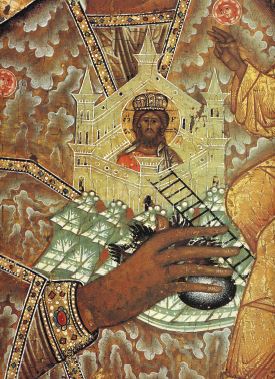Downloads
DOI:
https://doi.org/10.51461/projectbaikal.67.1755Keywords:
city, light, visible, invisible, archetype, mythology, symbolism, visual discourse, representationAbstract
The city as a visual discourse always actualizes the key archetypical images in culture. The article tells us how a European city developed under the influence of such an important archetype as the Heavenly City. This archetype is featured in the opposite mythologies of the Heavenly Jerusalem and the Tower of Babel, around the semantic opposition of which the reflection on the concepts of the city’s visibility and invisibility is built.
How to Cite
Published
Issue
Section
References
Arkhitektura ansamblya Versalya [Architecture of the ensemble of Versailles] (1940). Moscow: Izdvo Akademii arkhitektury SSSR.
Kudryavtseva, K. G. (2015). Nekotorye mifologicheskie motivy v apokrifakh Vtorogo Khrama i Otkrovenii Ioanna Bogoslova [Mythological motifs in the apocrypha of the Second Temple Period and the Revelation of St John]. Observatoriya kultury, 1, 118125. https://doi.org/10.25281/20723156201501118125
Lidov, A. M. (2006). Obraz Nebesnogo Ierusalima v vostochnokhristianskoi ikonografii [The image of the Heavenly Jerusalem in the Eastern Christian iconography]. Elektronnaya nauchnaya biblioteka po istorii drevnerusskoi arkhitektury. http://rusarch.ru/lidov1.htm
Lunacharsky, A. V. (1941). Sotsialistichesky arkhitekturnyi monument [Socialist architectural monument]. In Statyi ob iskusstve (pp. 624631). Moscow; Leningrad: Iskusstvo.
Salmin, L. (2018). Invisible Moscow. The issue of a city as a visual discourse. Project Baikal, 15(55), 4650. https://doi.org/10.7480/projectbaikal.55.1280




